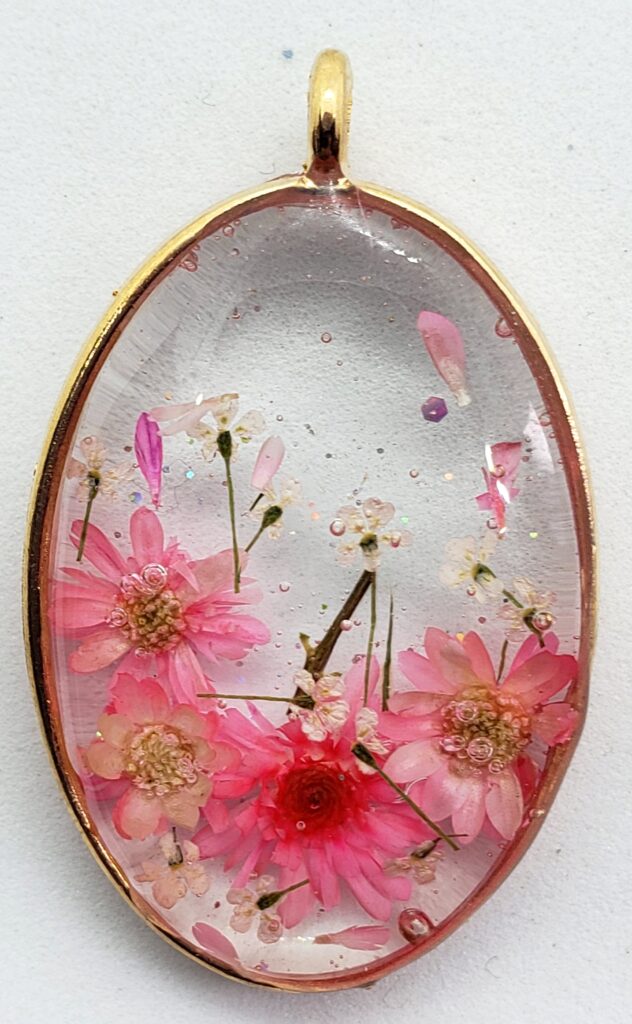Funky Furniture
Turn boring furniture into statement pieces! I hand-paint custom designs on tables, chairs, dressers, and more. Whether you want geometric patterns, vibrant florals, or something totally unique, I’ll create a piece that perfectly matches your style and space.
Classes
Want to unleash your own creativity? I teach hands-on workshops where you’ll learn techniques for furniture painting, mixed media art, and more. Perfect for beginners and experienced artists alike—come play with color and discover what you can create!














